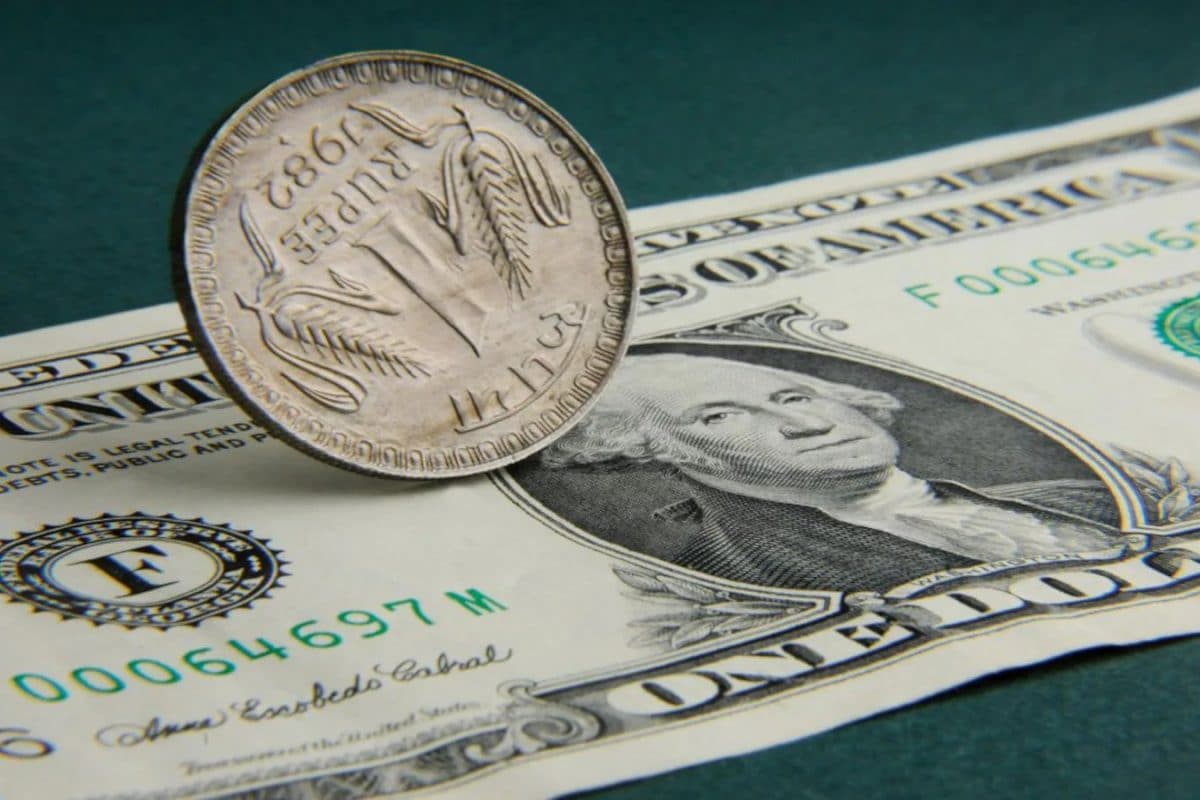

The Indian Rupee experienced a sharp decline, hitting a four-month low against the US dollar. On Tuesday, it dropped by 21 paise to close at 86.91 against the dollar, marking its weakest level since mid-March. This depreciation is attributed to a combination of factors, including a strengthening dollar, rising crude oil prices, and persistent foreign capital outflows.
The dollar index, which measures the greenback's strength against a basket of six major currencies, saw a marginal increase, putting pressure on the rupee. A slump in the Euro also contributed to the stronger dollar, further weakening the Indian currency. Additionally, month-end dollar demand from oil marketing companies and importers added to the downward pressure on the rupee.
Concerns over foreign capital outflows have also played a significant role in the rupee's depreciation. Foreign portfolio investors (FPIs) have been persistently selling domestic equities, creating a continuous outflow of foreign funds. This reduced demand for the rupee in the forex market, leading to its fall. Uncertainty surrounding a potential U.S.-India trade deal has further exacerbated the situation, dampening investor sentiment.
Rising crude oil prices are another key factor contributing to the rupee's weakness. India is a major importer of crude oil, and higher prices increase the demand for dollars to pay for these imports. This increased demand for dollars puts downward pressure on the rupee.
A weaker rupee has several potential implications for the Indian economy. It can make imported goods more expensive, potentially raising the daily living costs for consumers. However, it can also benefit exporters, as their goods become more competitive in the global market.
The Reserve Bank of India (RBI) is closely monitoring the situation and may intervene to stabilize the currency. The RBI can sell dollars from its foreign exchange reserves or adjust interest rates to influence the demand for the rupee. The central bank's upcoming policy review will likely consider the risk of further pressure on the rupee.
Globally, investors are also keeping a close watch on the US Federal Reserve's policy decision, which is expected soon. Any indications of a dovish stance from the Federal Reserve could lead to renewed dollar weakness, providing some support for the rupee and other Asian currencies.